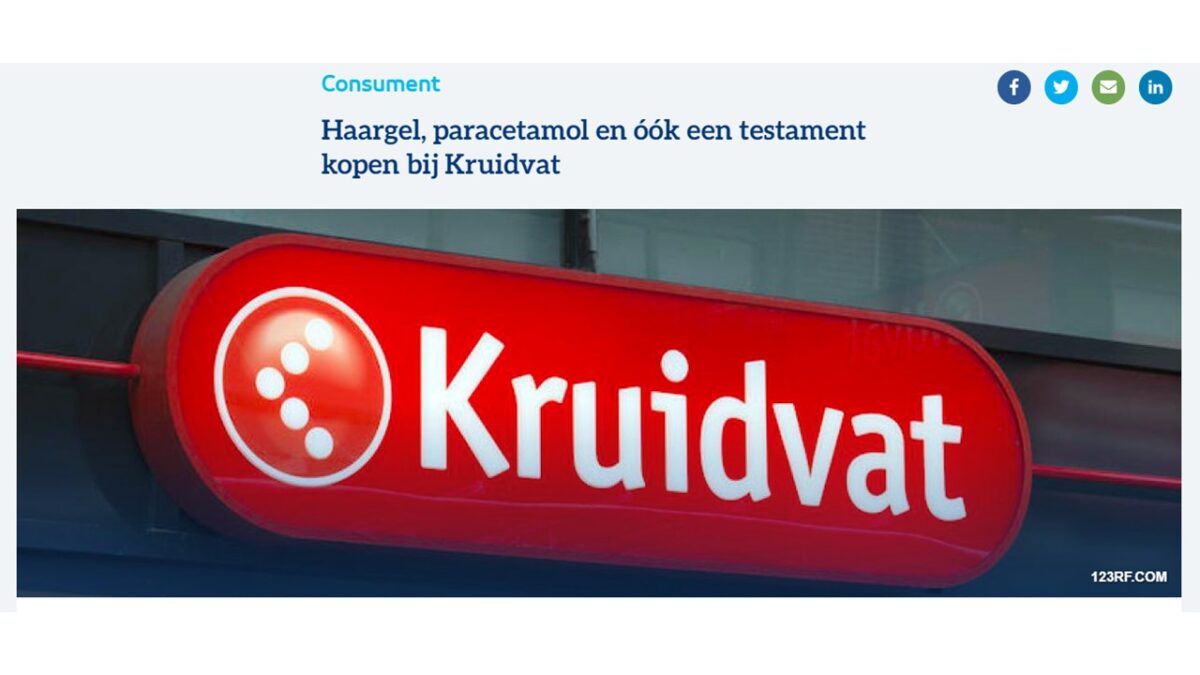During the lectures and while reading the financial news, some themes are recurring and may give you the feeling of buzz-word bingo. AI, Big data, IoT, Saas and the topic of this blog: Cloud Computing. It sounds broad, it sounds vague, but nonetheless, the cloud could be one of the biggest advances of the coming years.
What is Cloud computing?
Cloud computing is the availability of different services over the internet, mainly tools and applications like data storage, servers, databases and software. The main added value is: the customer does not have to have these tools and application in their own possession, but can access them over the internet for a way lower fee than an investment would be to actually own these tools or applications.
In the guest lecture JP, from Amazon Web Services, stated that Cloud Computing was the main driver behind innovation and agility. With the usage of a cloud computer, any company, at any place in the world, can alter their code and test their products at very low costs. Instead of building a whole infrastructure, a company can just hire an extra server in the cloud. Exactly this testing capability is the key to success in many digital business models, as was confirmed in the Cool Blue guest lecture of today.
Snowflake
To sketch the amount of money that goes on in this market, and the appetite for investors in companies that deliver cloud services, the IPO of Snowflake is a good example. In September this year, Snowflake went to the stock market. It actually was the largest IPO ever for an American tech company, and at the end of the first day, the company was worth $90 billion. Quite a large value for a brand most people never heard of.
Market for the big players
The tech giants of the world have played into the cloud businesses well at the time. Amazon is market leader, with 32% of the worldwide market share, followed by Microsoft (17%), Google and Alibaba (both 6%). Together, these players account for 62% of the market. One could argue that these early movers positioned themselves very well, participating on a new high-growth market in which they can dominate.
However, Cloud services are not only limited to the tech world. As discussed in classes from professor Ting, banks are not essential, banking is. To stay relevant, major banks Goldman Sachs and Deutsche Bank have partnered up with Google, and HSBC has closed a partnership with AWS. All to set up a cloud-based services environment.
And looking at the numbers, they have picked the right market. The global Cloud Computing market is expected to grow from a $371 billion value in 2020 to $832 billion in 2025. The current situation with the covid-19 pandemic, has even accelerated this growth, due to many companies switching their business to have an online infrastructure.
Get onboard
So, Cloud Computing is one of the technological areas with a lot of growth and a lot of opportunities in the future. How can we, as BIM students be prepared and participate in these developments? Well, at first we can lecture ourselves on topics via courses, relevant news-sources and blogs as this one. That way we are future-proof on the job market.
P.S. with the Library Access plug-in of the university, you have unlimited access to articles of many journals and newspapers, e.g. the Financial Times


